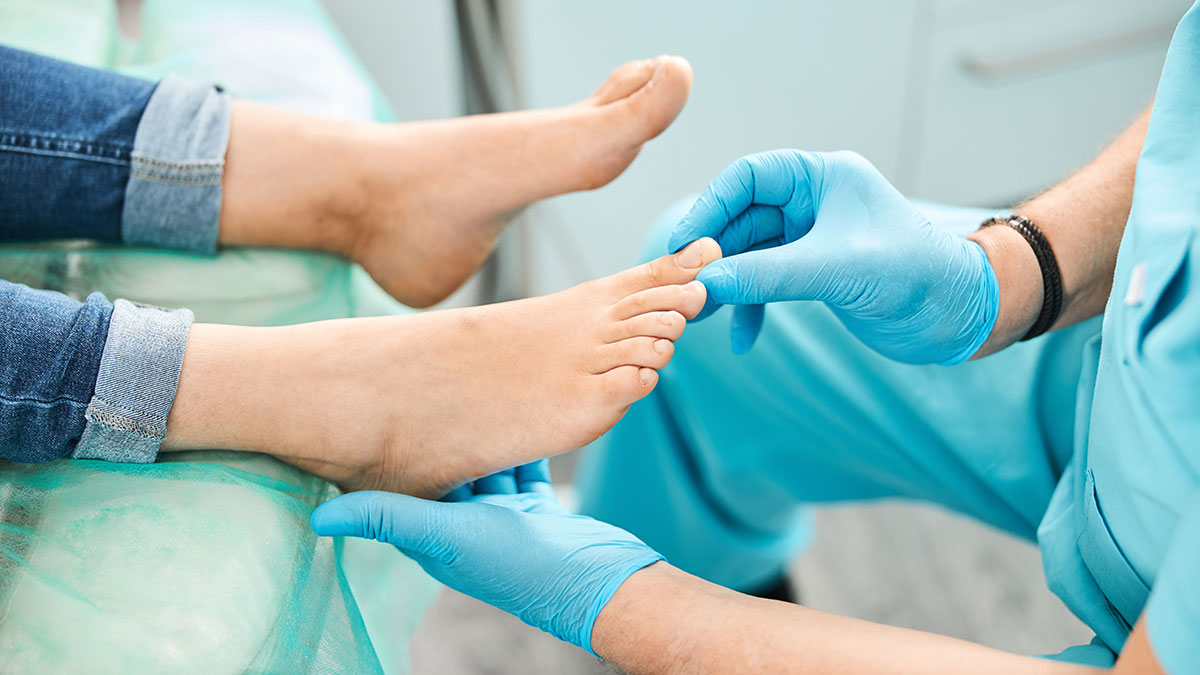Onychocryptosis, commonly called ingrown toenail, is an affection of the nail plate that leads to penetration of the nail plate into the nail edge.
It represents a very frequent disease, especially in younger people. The main clinical symptoms and signs initially present pain, inflammation, infection, which can lead to the formation of granuloma, which is a kind of nodule of inflammatory tissue formed by aggregates of immune system cells.
Among the main causes regarding the occurrence of onychocryptosis are incorrect cutting of the nail plate, incorrect type of footwear worn, biomechanical pathologies, and trauma.
Nails with an involute shape, that is, with a pronounced curvature, are also more predisposed.
The ingrown toenail is treated with a technique called "wedge hemilaminectomy" to remove the portion of the lamina that has penetrated the periungual border. At the end of the treatment, a cotton saffage and dressing is required.
After the first treatment, it is advisable to follow the nail growth every 20-30 days, and equally crucial to avoid recurrence, is educating the patient about proper nail trimming, the edges of which should always be visible and free.
If there is a problem of biomechanical origin that predisposes to ingrown toenails, such as flat foot or pronator syndrome, this should be treated with custom-made orthotic insoles.
In the case of recurrence, a nail reeducation program is prepared so as to eliminate or at least reduce the nail-cut conflict that leads to recurrence.
